Given its close proximity to the vibrant city of Naples, Pompeii stands as a testament to ancient Roman life, frozen in time by the catastrophic eruption of Mount Vesuvius in 79 AD. Explorers and history enthusiasts alike find themselves enthralled by its well-preserved streets and buildings. However, to fully appreciate its historic streets and haunting ruins, timing your visit is crucial. Weather, tourist crowds, and local events can greatly impact your experience at this iconic site. Read on to know what’s the optimal month for visiting Pompeii!
Pompeii opening hours
Pompeii has varied timings throughout the year. The site is a huge 44 square hectares vast land so unless you are staying around Pompeii consider this to be a day trip. The timings for Pompeii are as follows:
- From January 1st to March 31st: Daily 9am to 3pm. Last admission at 3pm.
- From April 1st to October 31st: Daily 9am to 5pm. Last admission at 5pm.
- From November 1st to December 31st: Daily 9am to 3pm. Last admission at 3pm.
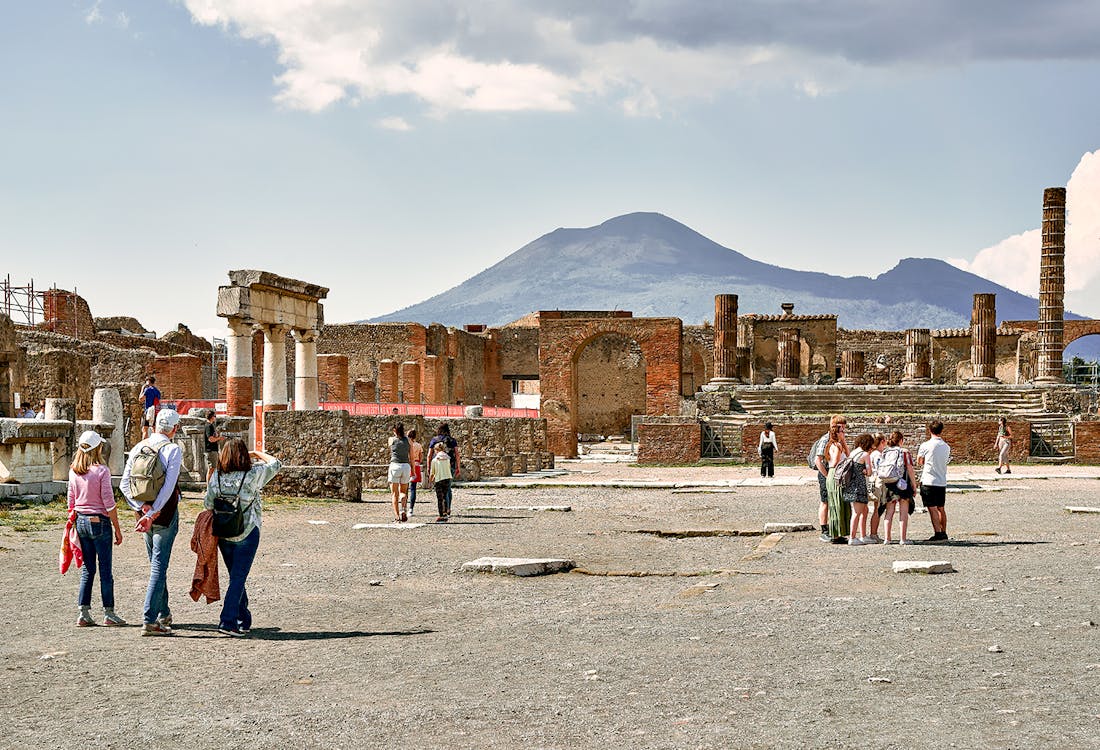
Best time of the year to visit Pompeii
Touring Pompeii during the summer affords the chance to experience the area in full vibrancy, under the Mediterranean sun. However, with summers come soaring temperatures and bigger crowds. The peak tourist months from June to September can see large influxes of visitors. Conversely, January and February can be quite chilly, with potential rain making exploration less comfortable. I would suggest the ideal visiting windows are spring (April to June) and early autumn (September to October). April or May is more preferable because the days are longer, allowing for more daylight hours to explore.
Best time of the day to visit Pompeii
Pompeii is huge! You’ll need a minimum two days to explore fully unless you are keen on doing a lot of walking. The best time of the day to visit Pompeii is undoubtedly 9am ie. as soon as it opens or post noon. Know that Mondays and Fridays are less crowded, and if it’s off season any weekday should be fine. Also the entrance is free on the first Sunday of the month so expect it to be particularly busy.
What to expect on your visit to Pompeii?
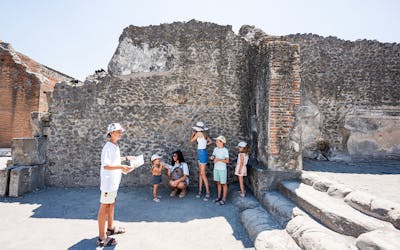
Roam the storied cobblestones where citizens of Pompeii once lived. Pompeii presents an unparalleled window into the past. You'll step over stone slabs worn smooth by chariot wheels and explore homes and shops edged with millennia-old frescoes, transporting you back to a thriving city before its tragic end.
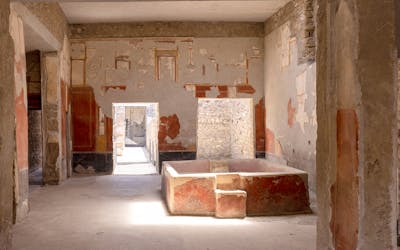
Pompeii gives you a great perspective for understanding daily Roman life. From the amphitheater to thermal baths, temples to bakeries, each corner offers insights into the civilization's engineering prowess and societal norms. Marvel at intricate mosaics and haunting plaster casts of eruption victims, which capture the final moments of the city's inhabitants.
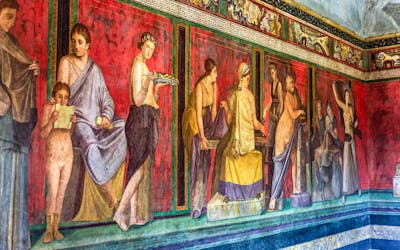
Unveil the sophistication of Pompeiian art in its frescoes and sculptures. Each artifact reflects a rich tapestry of stories, myths, and the daily life of the Romans. From the detailed portraiture in the Villa of the Mysteries to the vivid colors found in the House of the Faun, these artistic legacies provide an intimate glimpse into an era of profound creativity.
Pompeii Map
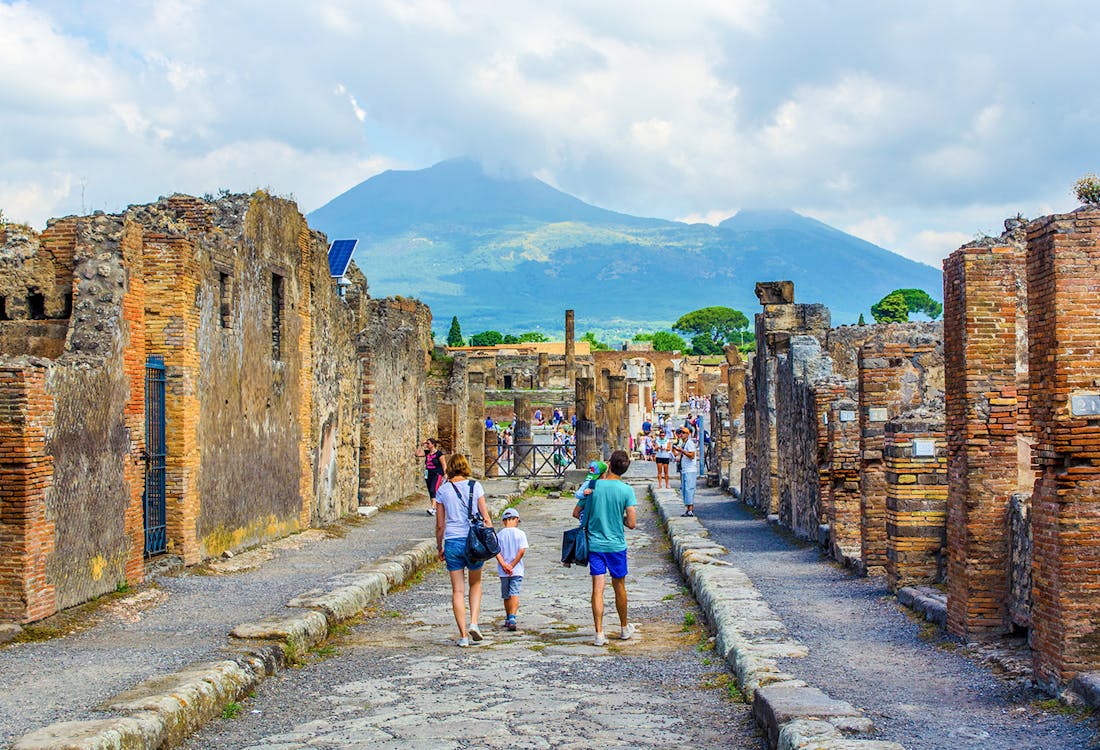
Recommended tickets for Pompeii tours
Tips for visiting Pompeii
- Get a professional guide to uncover hidden details and stories that you might otherwise miss. Believe me it's an invaluable addition to your visit.
- Consider including a trip to nearby Herculaneum, another ancient city affected by Vesuvius's eruption. Often less crowded, this smaller site offers equally fascinating insights and is better preserved.
- The Campanian sun is fierce. Always wear a hat and apply sunscreen to avoid sunburn while wandering the open-air ruins.
- The Circumvesuviana train is a convenient and affordable way to reach Pompeii from Naples or Sorrento.
- Wear comfortable shoes as you'll be walking on uneven surfaces that might be a bit challenging.


